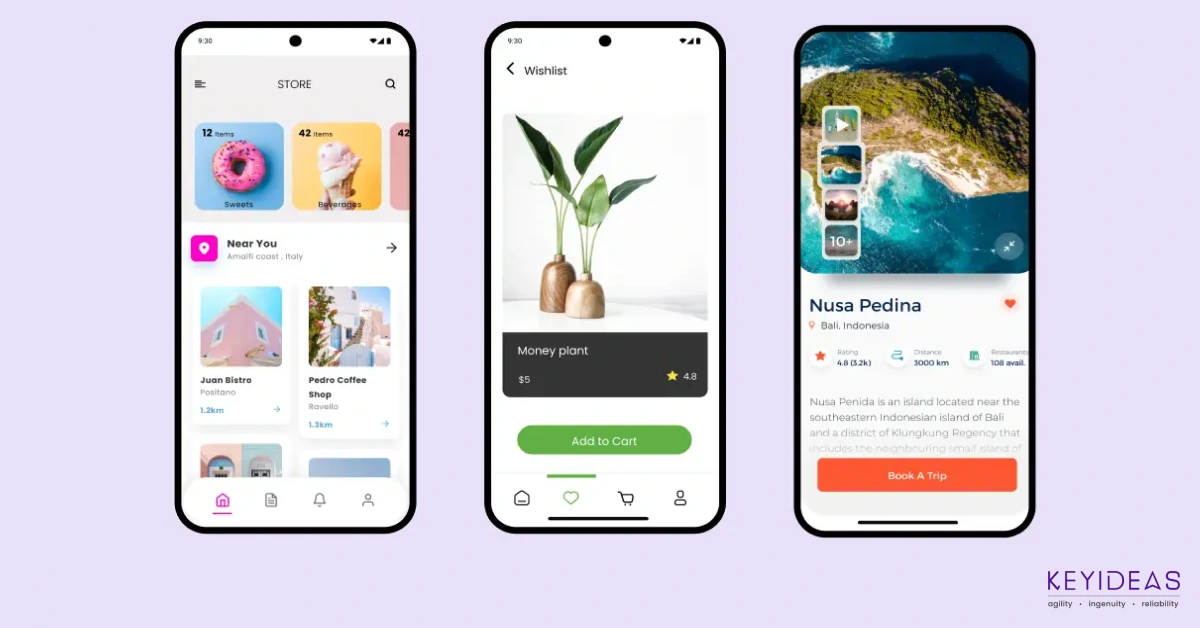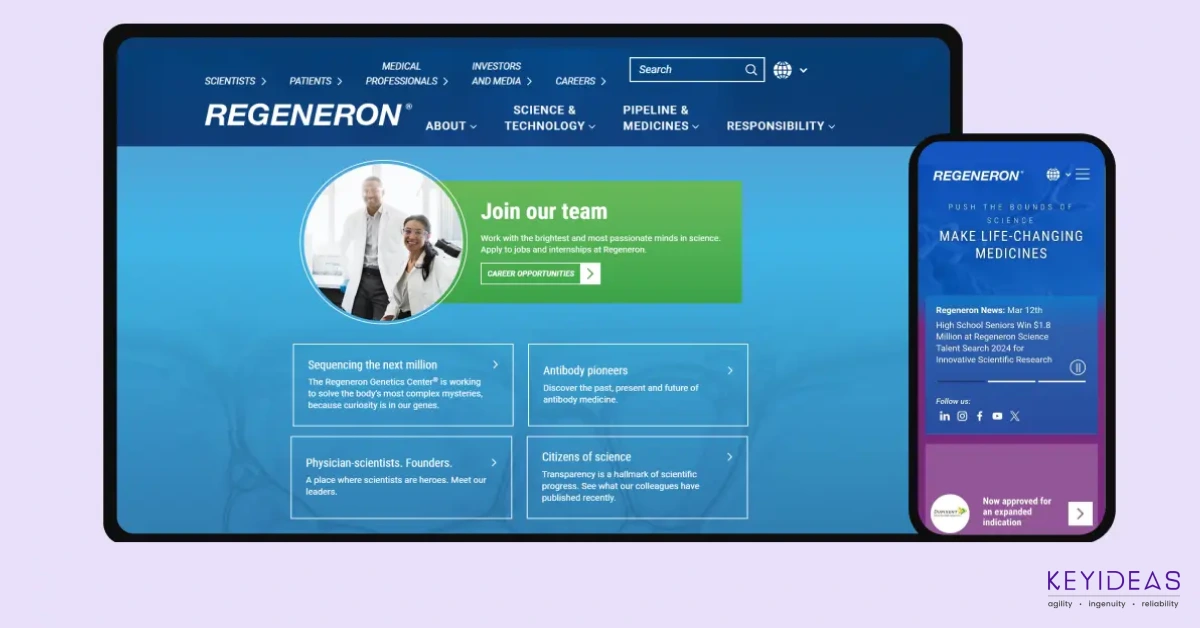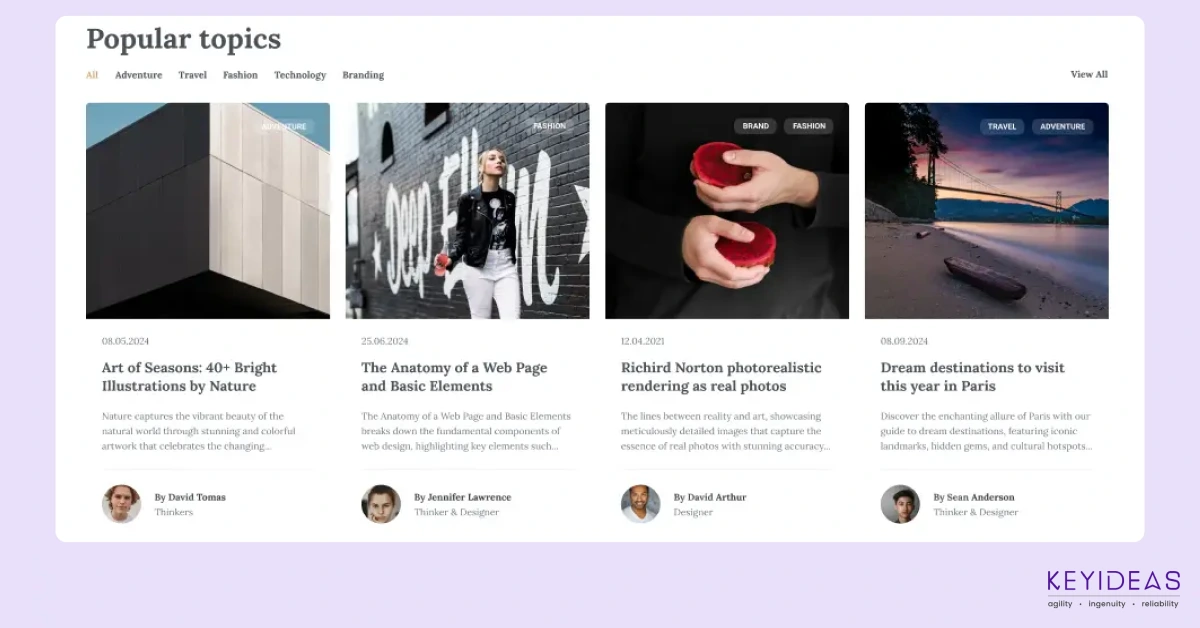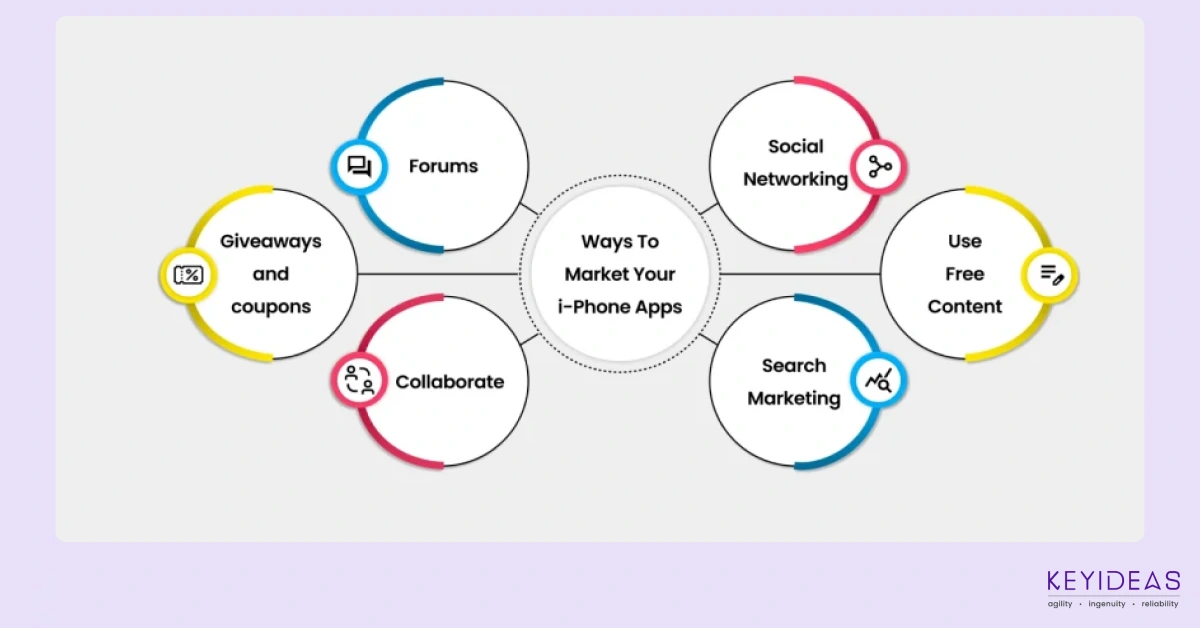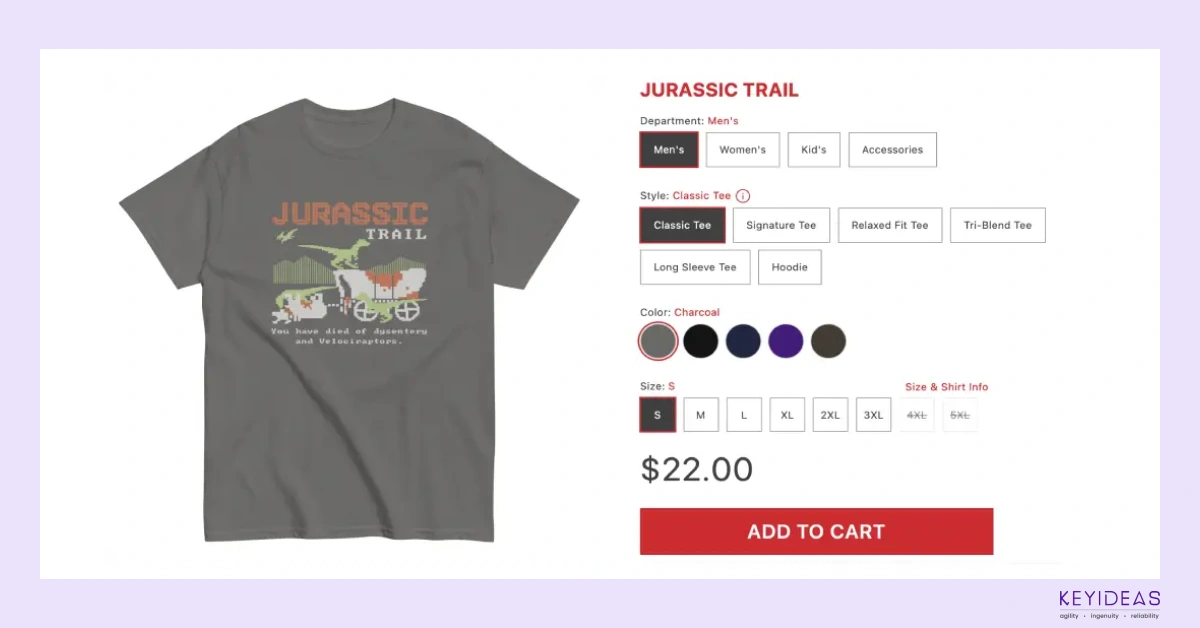
E-commerce Trends Shaped by Web Development and Design
E-commerce is rapidly evolving, with web development and design playing a vital role in shaping new trends. To remain competitive, businesses must adapt to innovations that enhance customer experiences and optimize online platforms. Below are key e-commerce trends transforming the industry.
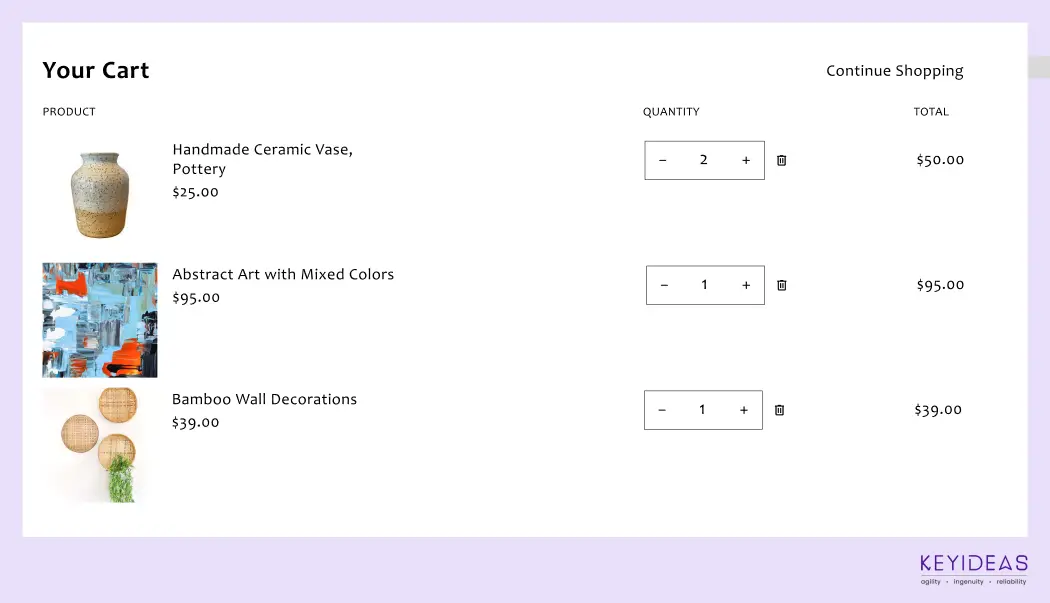
AR Enhances the E-commerce Experience Through Web Design
Augmented Reality (AR) is revolutionizing web design by offering an immersive in-store experience directly through e-commerce websites. This trend allows customers to visualize products in their environment, boosting confidence in their online purchases.
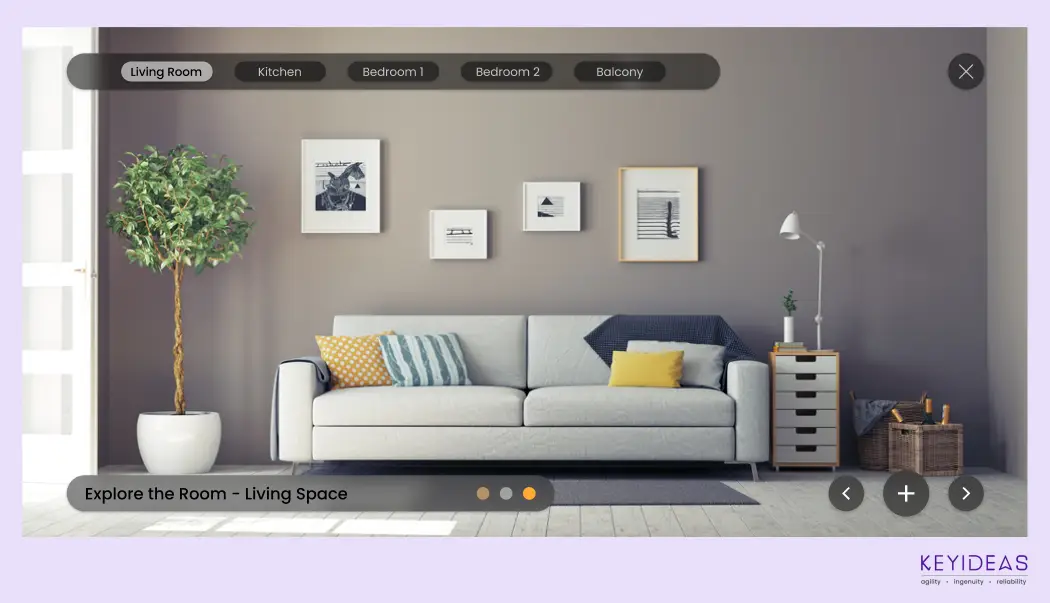
Amplifying Voice Search Through Web Development
Voice search integration is becoming essential for website development, enabling users to easily find products through natural speech. Optimizing websites for voice search ensures a seamless shopping experience and captures a growing audience.
AI Helps Solve Customer Pain Points
Artificial Intelligence (AI) is a game-changer in website development, streamlining customer service with chatbots and personalized recommendations. AI tools help resolve customer issues faster, improving satisfaction and retention rates.
Using Customer Data for Personalized Shopping
Web development now emphasizes data-driven personalization, tailoring shopping experiences based on customer behavior. By utilizing data analytics, businesses can offer more relevant product suggestions and enhance user engagement.
Mobile Shopping Continues to Evolve with Mobile Development
With mobile shopping on the rise, responsive web design is more critical than ever. E-commerce websites must be optimized for mobile devices to ensure smooth navigation, fast load times, and easy checkouts.
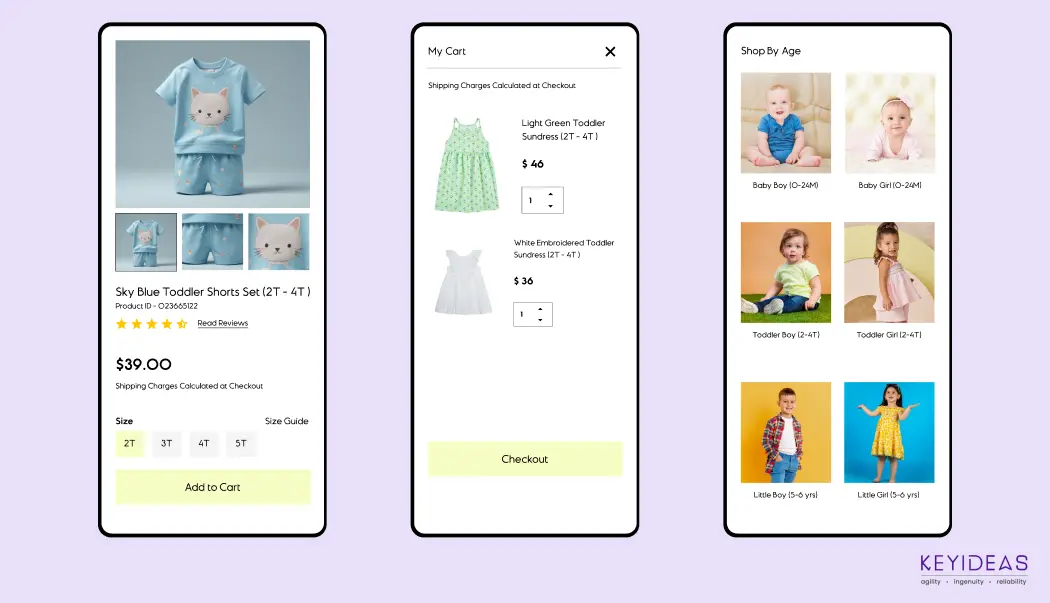
Shopping Goes Social
Social media platforms are becoming integrated with e-commerce, making web development for social shopping a must. Websites now incorporate social buying features, allowing customers to make purchases directly through platforms like Instagram and Facebook.
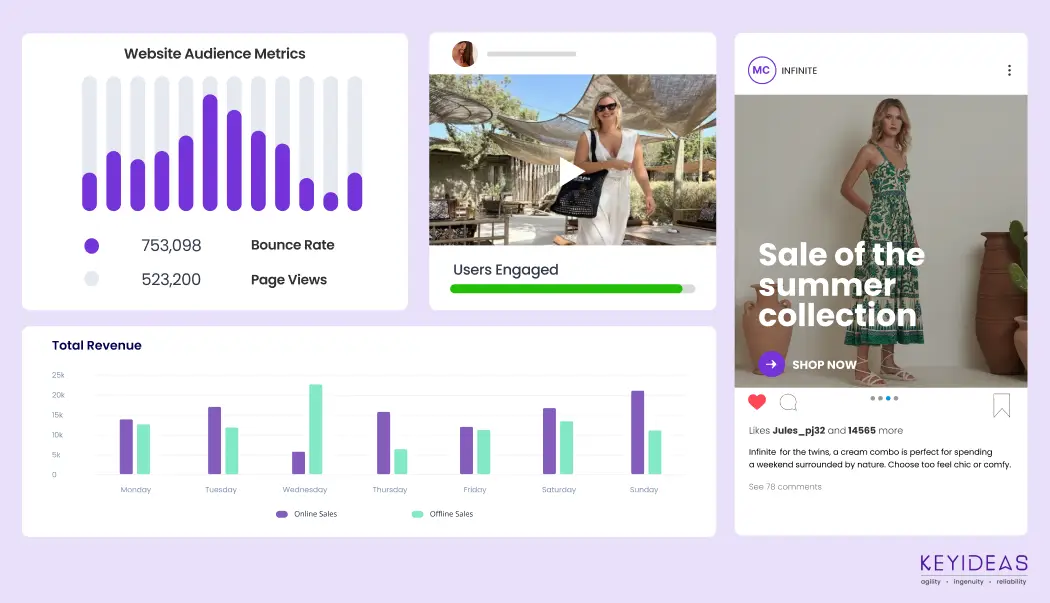
Subscriptions Retain Customers with Engaging Web Design
Subscription models are increasingly popular, and website design is adapting to support these recurring payment options. By offering subscriptions, businesses build customer loyalty and ensure long-term revenue.
B2B Buyers Expect Modernized Shopping Experiences
B2B e-commerce is catching up with B2C, requiring website development to cater to complex purchasing needs. Modern web design for B2B platforms includes features like bulk ordering, custom pricing, and streamlined procurement processes.
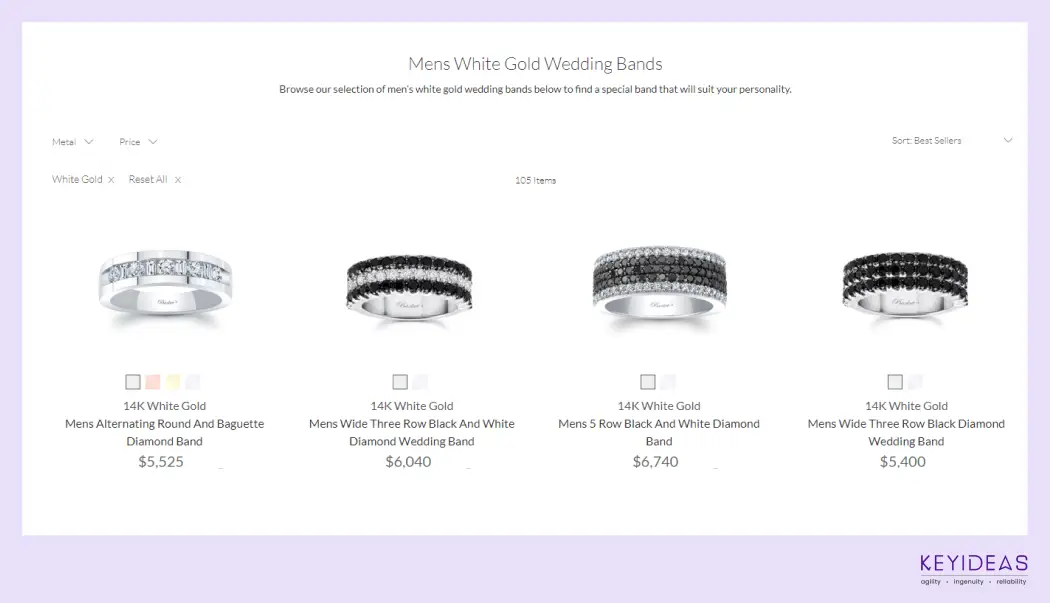
Headless Commerce is Helping Businesses Keep Up with Modern Development
Headless commerce decouples the front-end and back-end of websites, allowing for greater flexibility in web development. This architecture enables businesses to deliver faster, more dynamic shopping experiences across multiple platforms.
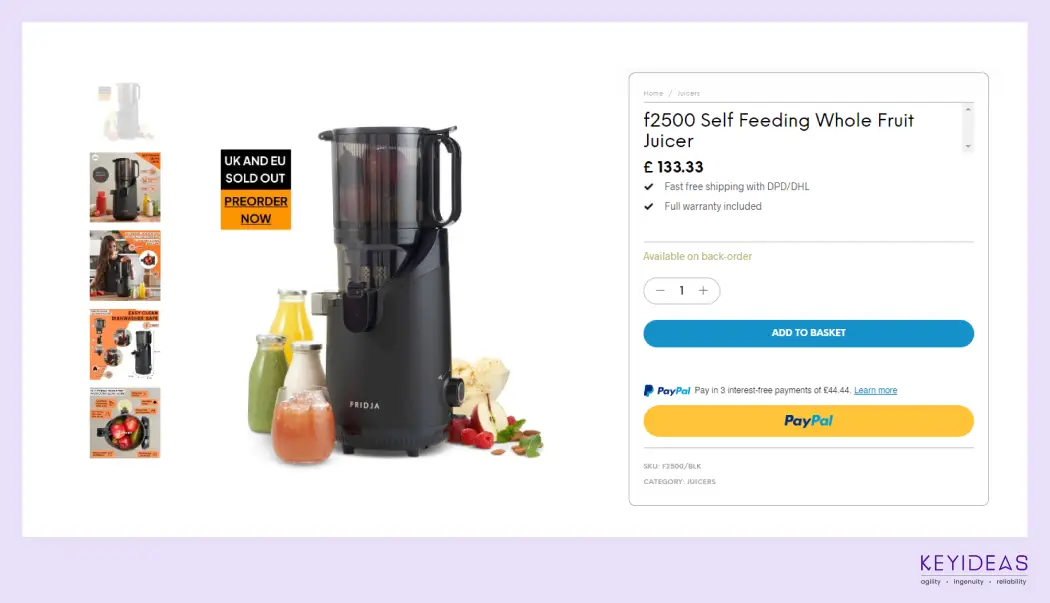
Vibrant Video Content is Boosting Sales
Video content is becoming a staple in e-commerce web design, offering engaging and informative product showcases. By integrating videos on their websites, businesses can captivate customers and drive conversions with visually compelling presentations.
How to determine if a trend is right for your business
Determining if a trend is right for your business requires careful evaluation of your target audience, market dynamics, and your brand’s unique value proposition. Start by conducting thorough market research to understand customer preferences and behavior in relation to the trend.
Additionally, assess your resources and capabilities to ensure you can effectively implement and sustain the trend in your business strategy.
Mobile e-Commerceis a natural progression of eCommerce as Mobile e-Commerce Increase Customer Loyalty and Retention of the customer.
Build Responsive & SEO Friendly eCommerce Websites to increase revenue, increase total global traffic, maximize sales and conversion rates.
Writing a new blog is the best way to share your ideas and expertise online. Let us look how blogging manages to create a difference for any website.
Regardless of how well you market iPhone apps software projects is designed and developed, without the right marketing strategy. Helps to build brand identity.
